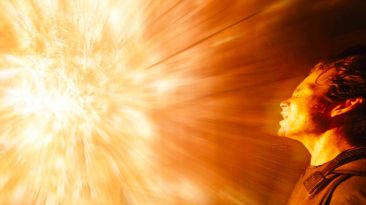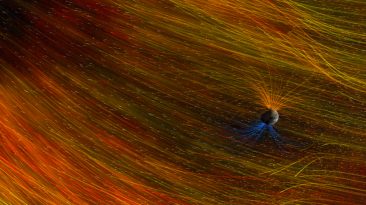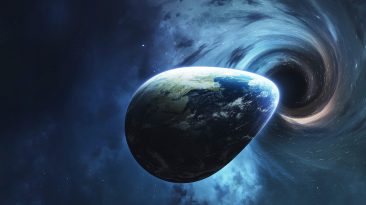From blockbuster movies to simplified lessons in school, many of us have been taught ideas about space that are not entirely true. Some of these myths are harmless, while others are so ingrained that they feel like undeniable facts.
The truth is that the Universe works in ways that are far more complex and fascinating than most of us realize. These misunderstandings often come from how we try to simplify science for easy explanations. Here are eight space “facts” that sound believable but are actually false.
1. The Sun Is on Fire
It may look like a giant flaming ball in the sky, but the Sun is not burning like wood in a campfire. Instead, it is a gigantic nuclear reactor where hydrogen atoms fuse into helium, releasing huge amounts of energy. This energy travels through space until it reaches Earth as sunlight and heat.
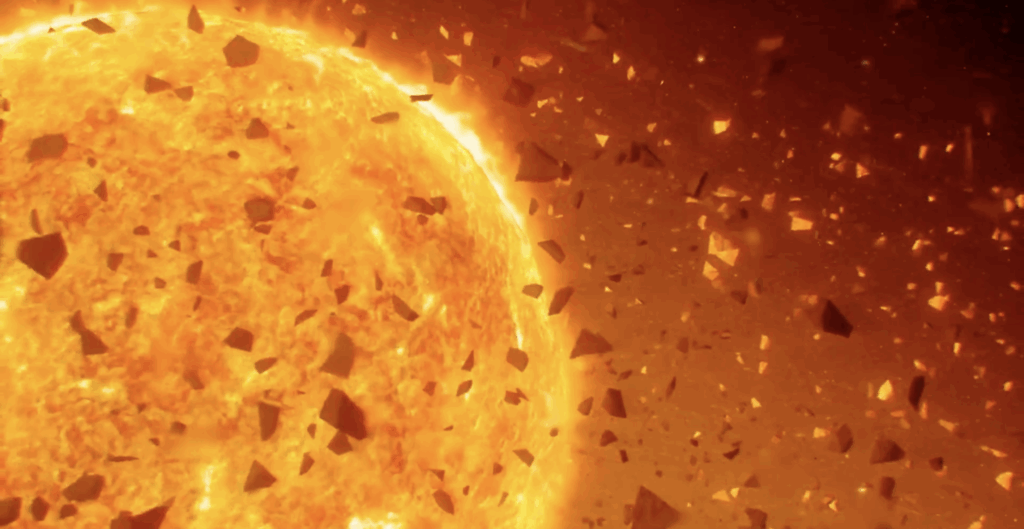
The light we see today actually began its journey thousands of years ago from deep inside the Sun’s core. While the outer surface appears to be blazing, what you are really seeing is the visible glow of plasma, not flames.
2. Meteors Burn Because They Catch Fire
When you spot a meteor flashing across the night sky, it seems like it is on fire, but that is not the case. As the meteor hurtles through Earth’s atmosphere at incredible speed, the air in front of it is compressed so violently that it heats up and glows. This creates the bright streak of light we call a shooting star.
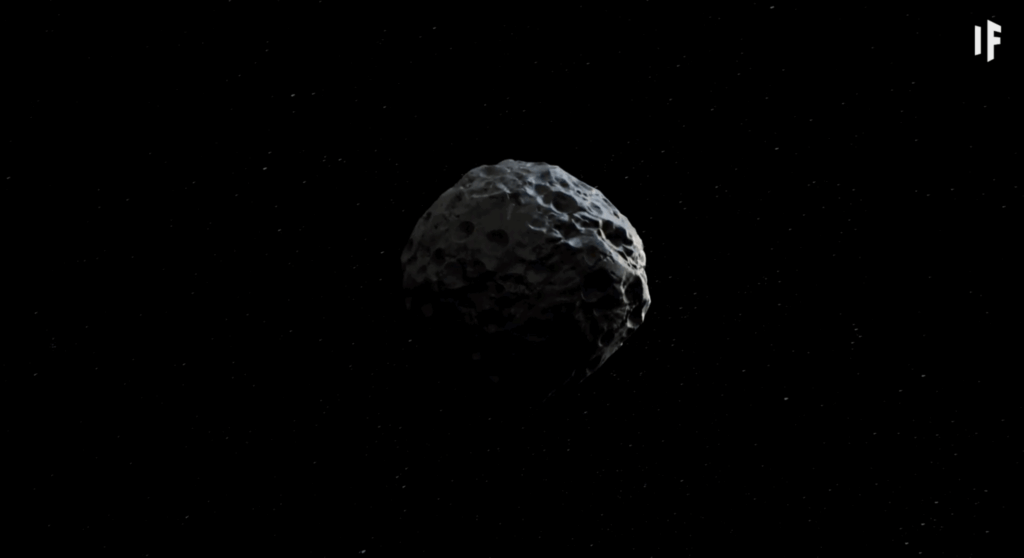
Most meteors disintegrate completely before reaching the ground, leaving nothing behind. The fiery appearance is simply the result of heat from compression, not combustion.
3. Nuking an Asteroid Would Save Earth
Movies make it seem like detonating a nuclear weapon on an incoming asteroid would completely eliminate the danger, but reality is more complicated. A nuclear blast could break an asteroid into many smaller fragments, but these pieces could still be large enough to cause massive destruction.
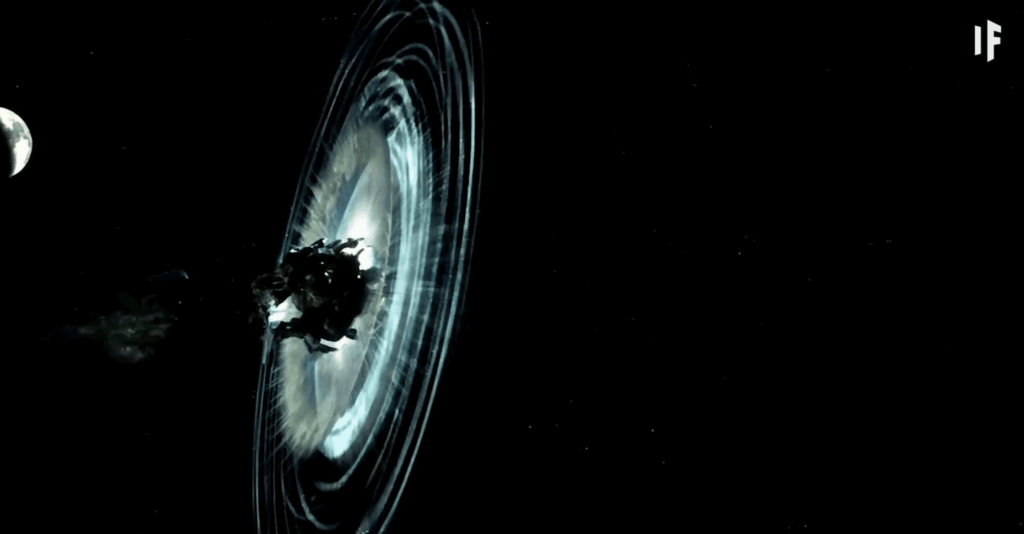
Instead of one major impact, Earth could be hit by several dangerous chunks. Scientists believe a better option would be to alter an asteroid’s course long before it reaches our planet. The challenge is that spotting a dangerous asteroid early enough to act is not always easy.
4. You Cannot Cry in Space
You can cry in space, but your tears will not roll down your cheeks the way they do on Earth. In microgravity, tears collect into floating blobs of water that stick to your face.
Without gravity pulling them down, crying feels very different and can even become uncomfortable if the moisture blocks your vision. Astronauts sometimes need to wipe away tears with a cloth to prevent them from clinging to their eyes. The lack of falling tears is one of the many small ways daily life changes beyond Earth.
5. Space Has Zero Gravity
The phrase “zero gravity” is misleading because there is always some gravitational force acting on objects in space. Astronauts on the International Space Station are not truly weightless; they are in a constant state of free fall around Earth. This means they are always falling toward the planet but moving forward fast enough to keep missing it.
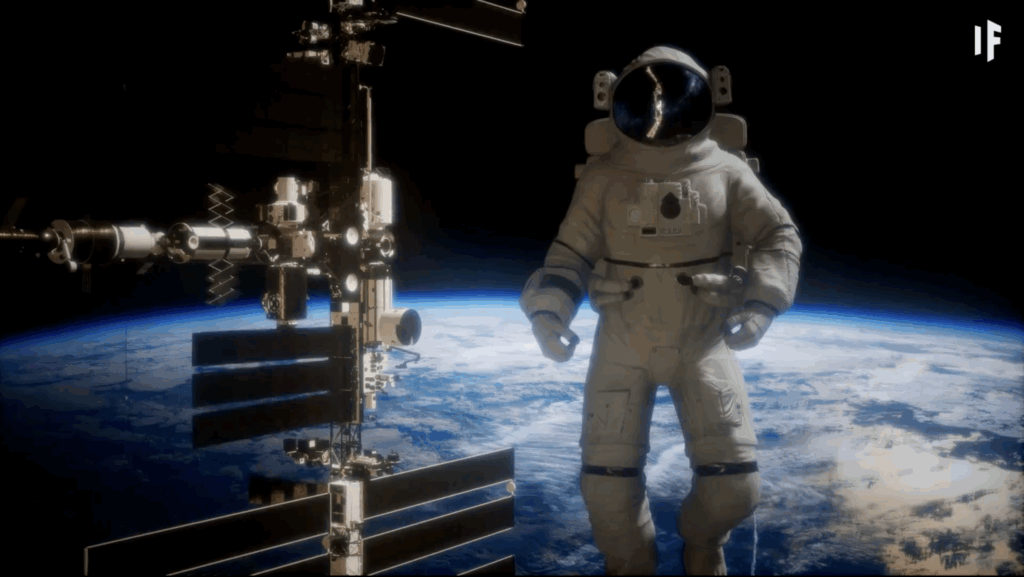
The sensation of floating comes from everything around them falling at the same rate. Gravity exists everywhere in the Universe, though its strength depends on your distance from massive objects.
6. Space Is a Perfect Vacuum
It is common to hear space described as a complete void, but that is not accurate. While space is extremely empty compared to Earth, it still contains a few particles, even in the vast emptiness between galaxies. On average, there may be less than one atom in every cubic meter of deep space.
This is far emptier than any vacuum we can create in a laboratory, but it is not absolute nothingness. Those stray particles can still play a role in cosmic events, such as the spread of light and heat.
7. There Is a Permanent Dark Side of the Moon
The Moon is tidally locked to Earth, which means we always see the same side from our planet’s surface. However, this does not mean one side is permanently dark. Every part of the Moon experiences sunlight during its orbit around Earth, just not all at the same time. The so-called “dark side” simply refers to the hemisphere we cannot see from here. In reality, both sides go through day and night just like Earth, although the cycles last much longer.
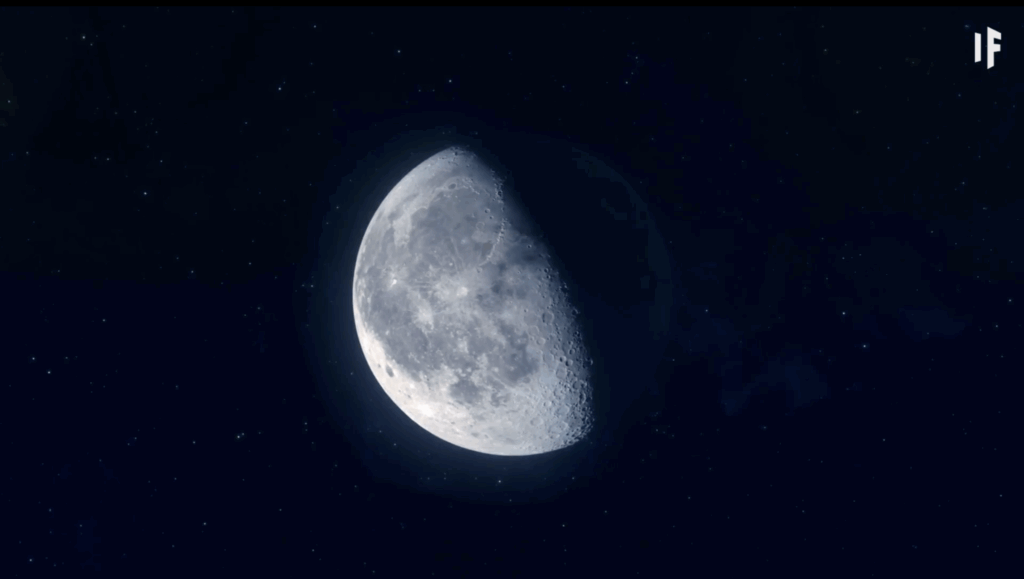
8. Earth Is a Perfect Sphere
From far away, Earth looks like a perfectly round ball, but in truth it is slightly flattened at the poles and bulging at the equator. This shape is called an oblate spheroid, and it is caused by the planet’s rotation. The spinning motion makes the middle stretch outward, giving Earth a wider diameter at the equator than at the poles.
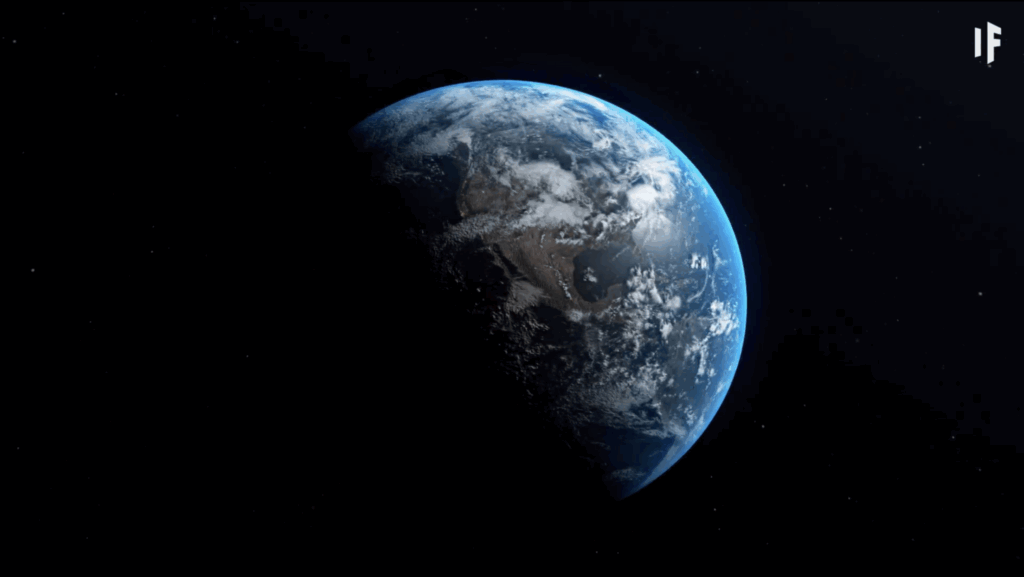
This bulge is small compared to the overall size of the planet, but it is enough to be measured by scientists. The uneven shape also influences ocean currents and weather patterns.












